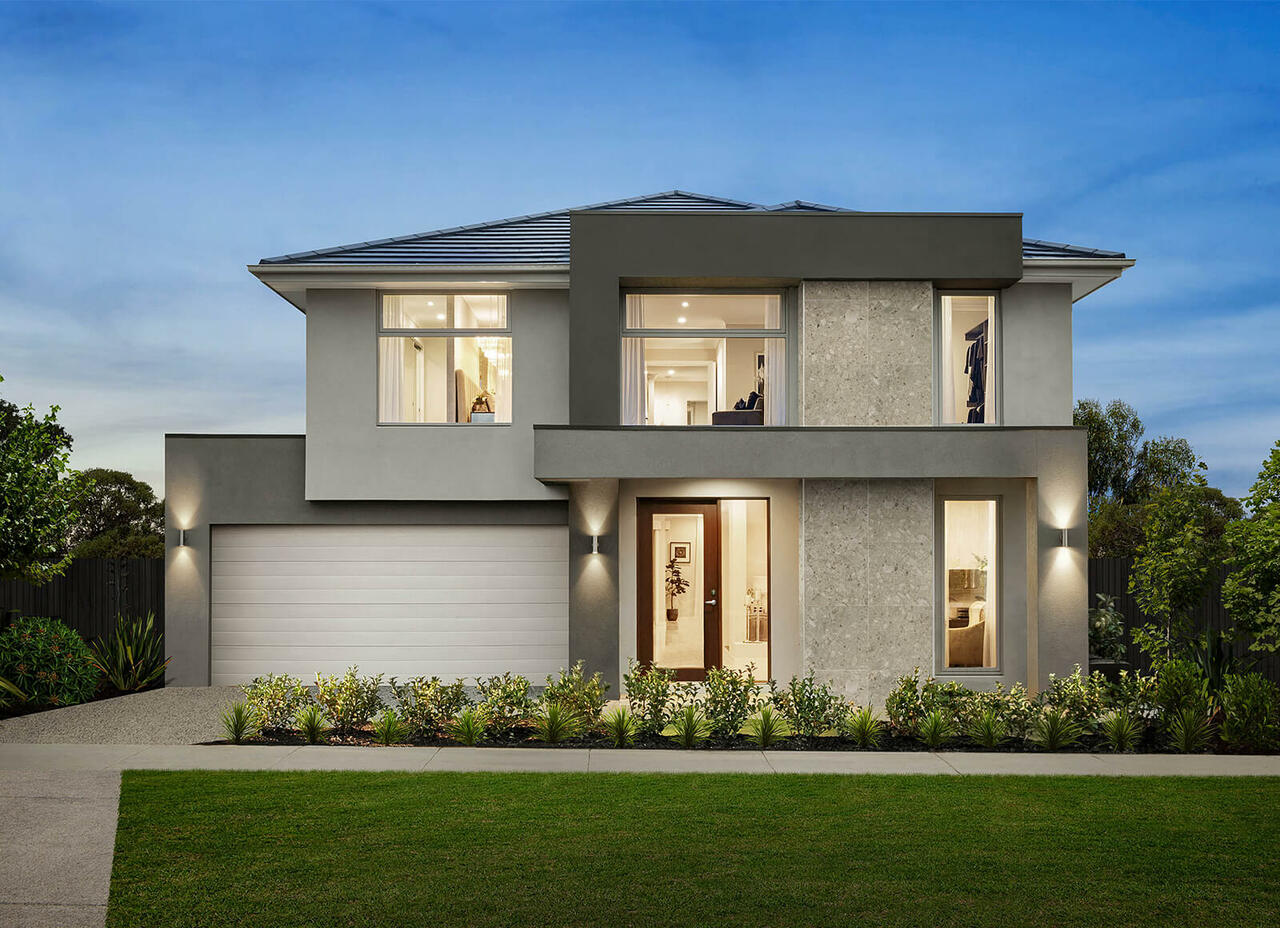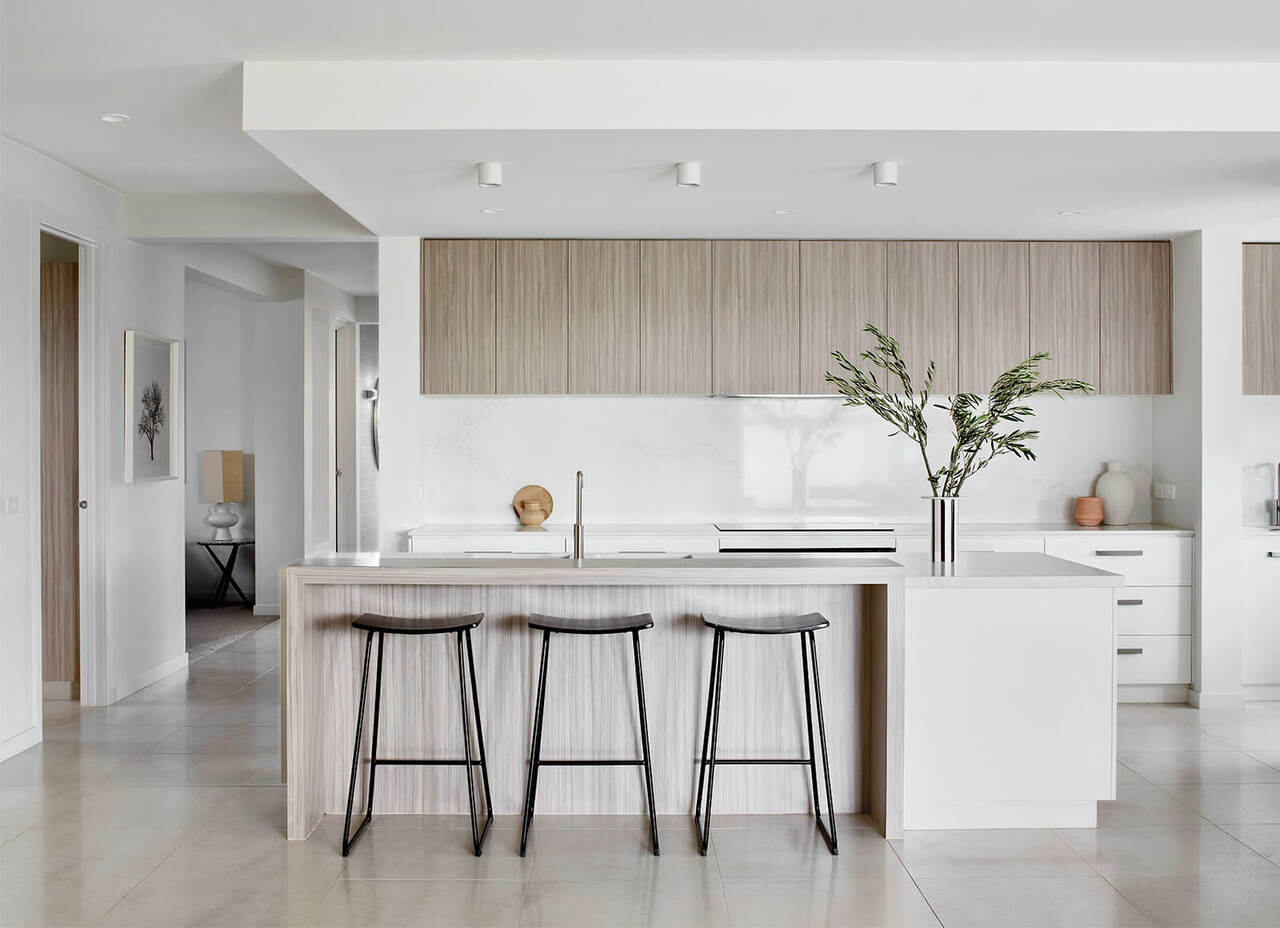Fixed, Variable or Split? Choosing the Right Loan Structure For You

Thinking about taking out a loan? It’s important you choose a structure that best suits your situation. The whole process can be a little daunting, but we’re here to help. This is your essential guide to choosing the right loan for you.
Choosing a home loan can feel overwhelming. There are so many different products to choose from, and so many considerations to keep in mind.
Do you want a land loan, a construction loan or a combination (learn more on that here)? What interest rates are best? Are some lenders more sympathetic to first home buyers than others?
In this article, we’ll take a look at one of the biggest decisions in the home loan process: Do you want to fix your loan, take out a variable loan, or split your loan between the two?
Each option has pros and cons, and there’s no one-size-fits-all answer. What makes sense for you will depend on your goals.
What is a fixed rate loan?
As the name suggests, fixed rate loans fix your interest rate. Generally, the lender will offer a range of fixed rate loans for different loan terms, such as:
- 1 year at 2.5%
- 2 years at 2.8%
- 5 years at 3.2%
Because the interest rate stays the same, your repayments also stay the same during the loan term.
Once the fixed term has expired, your loan reverts to a variable rate unless you negotiate a new fixed term.
Fixed rate loans usually have a slightly higher interest rate than a variable loan if the lender believes that rates will go up, and a lower rate if lenders believe the cash rate will go down. Effectively, both you and the lender are betting on where rates will go next.
Pros
Fixed rate loans are popular with first home buyers, who are usually on a tight budget. Because your repayment amount stays the same, you know how much to set aside each month.
If rates go up, you’ll benefit from the lower rate that you fixed in place. This is particularly useful if you’re buying in the current environment, where rates are at record lows.
Cons
Fixed rate loans typically have fewer features and less flexibility. If you want to make extra repayments on the principal of your loan, they may not be suitable.
Fixed rate loans also usually come with break fees, meaning that you’ll pay a fee to your bank if you want to change lenders before the fixed term is up.
And of course, if rates go down, you’re stuck at the original higher rate.
Suited for
Someone on a fixed budget who values certainty over flexibility.

Fixed rate loans are a popular choice for first home buyers, who are usually on a tight budget. Because your repayment amount stays the same, you know how much to set aside each month. Featured here: Sorrento Grand, Eliston Estate, Clyde.
What is a variable loan?
Variable rate loans follow the RBA cash rate. If the cash rate goes up or down, so does your interest rate.
Lenders always set their interest rates above the cash rate, and have some discretion whether to pass on the cuts at all. As a general rule of thumb, you can expect to see variable rates at around 2-2.5% above the cash rate for a standard home loan product. Construction loans and land loans may be marginally higher.
Pros
Variable rate mortgages allow you to take advantage of lower rates if the cash rate drops.
They are also more flexible, allowing you to make extra repayments on your principal. If you want to get your mortgage paid off quicker, this is the most effective approach.
Most variable loans also have an offset account option. This means that you can link your loan with a savings account, and the money in that account reduces the interest payable on your loan. It’s a quick and painless way to get your loan paid off faster.
And because there are no break fees, you can refinance with another lender as soon as a good deal comes up. This allows you to take advantage of generous cash back offers as well as the potential for lower interest rates.
Cons
When interest rates are already at all-time lows, they’re less likely to drop further, and when rates rise, your variable loan repayment rises with it.
You may find it difficult to budget if your repayment changes regularly, especially if it rises multiple times. For people who have large mortgages, even a 0.25% rise can make a substantial difference. If you’re on a tight budget, this can put you under financial stress.
Suited for
People who have some extra fat in their budget to make additional repayments or absorb rate rises.

Variable rate mortgages are more flexible when it comes to repayments, and allow you to take advantage of lower rates if the cash rate drops. Featured here: Clovelly, Woodlea Estate, Aintree.
What is a split loan?
Split loan products are popular because they let you have the best of both worlds. Here, part of your home loan is variable while the other is fixed.
You can make extra repayments on the variable part of your loan, but reduce the impact of any rate changes because the fixed part stays the same.
Buyers can choose any proportion of split they want. If you’re on a tight budget but want a little bit of flexibility, you might fix 90% of your loan and only keep 10% as variable. If you want to pay it down more aggressively, you might choose a 50:50 split. It’s up to you.
Before you make the decision, sit down with your home loan officer or broker and have a chat about your goals. They can guide you in the right direction.

If you’re thinking of applying for a loan, your first step should be to sit down with a broker. Carlisle Homes also offers you support when it comes to choosing a loan to suit your current situation and your goals.
Learn more at the Financial Services section of our website or speak to one of our friendly loan specialists on 1300 328 045.
